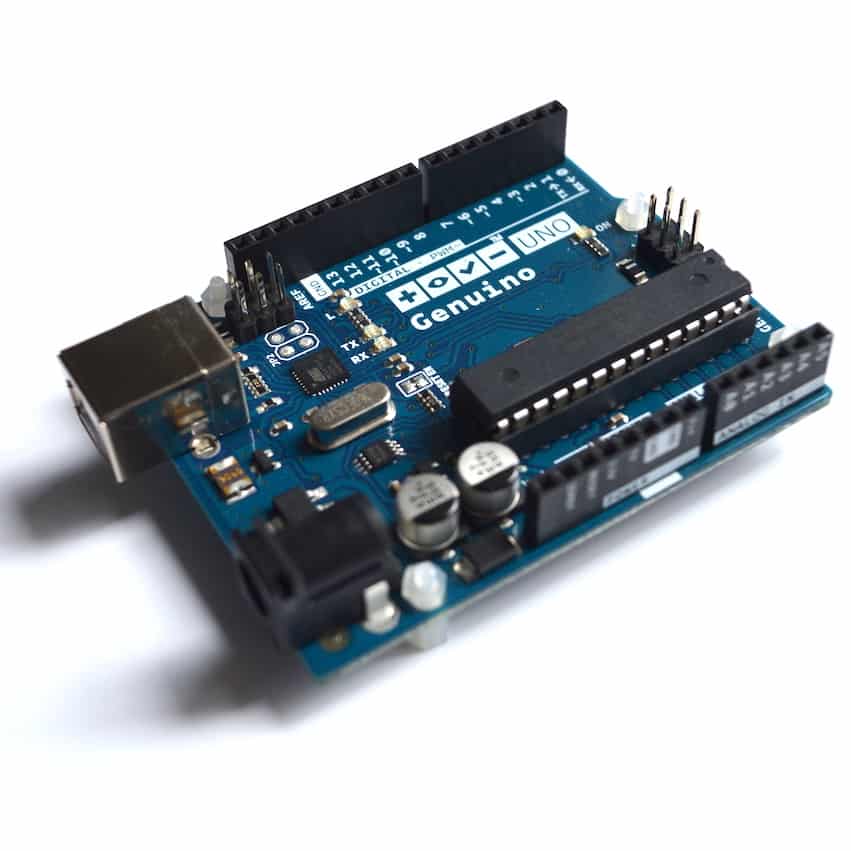I'll explain with the help of an example.
We often find ourselves writing code like this:
if (digitalRead(9) == HIGH)
digitalWrite(13, HIGH);
else
digitalWrite(13,LOW);
An alternative way of writing the same functionality is this:
digitalWrite(13, digitalRead(9) ? HIGH : LOW);
It is shorter, with all functionality included in a single line. Some, might say, it is beautiful.
The short version of the code contains a ternary operator, marked in italics and underlined.
A ternary operator looks like this:
OPERATOR ? TRUE EXPRESSION : FALSE EXPRESSION ;
The OPERATOR contains a regular boolean expression, like "analogRead(0) < 500".
If this expression returns TRUE, then the TRUE EXPRESSION after the "?" delimiter will be executed.
If the OPERATOR returns FALSE, then the FALSE EXPRESSION after the ":" delimiter will be executed.
Ternary operators can make your code shorter, and often reduce the chance of error because they allow for the complete expression to be written in a small amount of space, making it easier to inspect.
Of course, the expression for this particular example can be shortened even further.
Because the digitalRead() function returns a boolean, you can write this:
digitalWrite(13, digitalRead(9));
The example I show here is trivial, and the use of a tertiary operator is not truly necessary.
But, what if you had a more complicated case?
Let's say that you needed to call an appropriate function depending on the state of digital pin 9. In that case, the ternary operator would be useful and your code would look like this:
digitalRead(9) ? functionA() : functionB();
As you can see, the C language offers quite a few options to help you produce concise (and beautiful) code.


